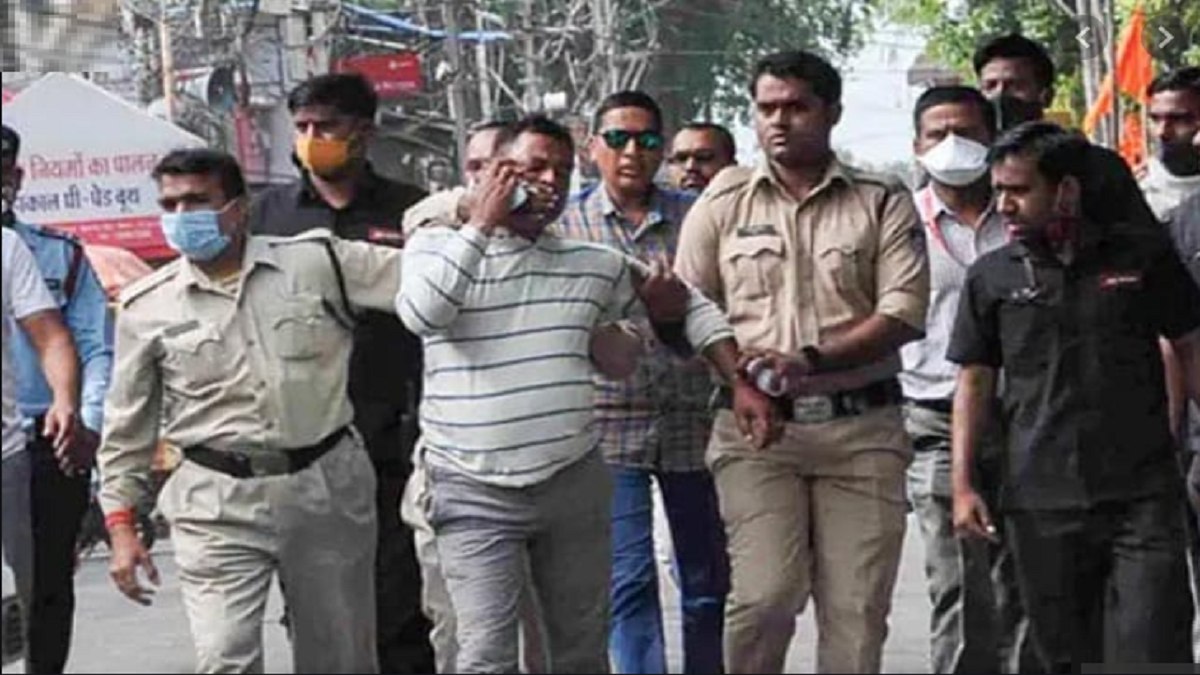


The extrajudicial killing of Vikas Dubey as well as the circumstances and sequence of events that led to the ambush and killing of eight policemen by the gangster and his accomplices would be closely scrutinised by the Special Investigation Team (SIT), constituted by the Uttar Pradesh government. However, the formation of the team led by an IAS officer and comprising two IPS officers would not be an impediment, if any court decides to probe the incidents suo motu or while acting on a Public Interest Litigation (PIL). In the last ten days, the UP administration has been under immense pressure to disclose the criminal, police, bureaucratic, politician and caste nexus that came to fore once again, in the wake of the gory crime. Dubey’s gunning down in “an encounter” has been the subject matter of an ongoing debate in legal and police circles. Therefore, the SIT would have to come out with satisfactory explanations regarding many questions that have arisen since the accused was slain. His arrest and subsequent transportation from Madhya Pradesh to UP, has in some ways, created doubts concerning the procedures that were adopted by the law enforcement agencies. The probe would have to also go into the police records of the MP police that related to the arrest of the desperado from outside the Mahakaal temple in Ujjain.
Since there is no clarity about his production before a magistrate, the SIT would have to examine the Roznamcha to take note of various entries. It is evident that the Madhya Pradesh police had handed over Dubey to its counterparts from UP without a transit remand. This procedural necessity was perhaps overcome by taking the assistance of a clause that allows an accused of a heinous crime to be shifted to the place of occurrence within 24 hours to be produced before a magistrate. In this context, the daily diary notings would assume a lot of significance and importance. It would be a prime factor in the SIT probe to ascertain whether the actions of Madhya Pradesh police were within the permissible zone, and the Wapsi report after the formal handing over of the accused at the inter-state border had been properly and diligently recorded.
Dubey’s mysterious death would also prominently figure as a part of the investigation, and if there were lapses, the police team in whose custody the suspect was at that time, would be fully accountable for the incident. Another issue that would be looked into from all possible angles concerns the raid at the criminal’s village home, resulting in the massacre of eight policemen.
This is obvious by now that the police planning was sloppy, given that it would have been impossible to surround Dubey’s sprawling house in the village with just about a dozen police personnel. If the police had gone there on receiving specific information, why was there no intelligence about an impending ambush? The sensational incidents and its fallout would provide many lessons for the future.